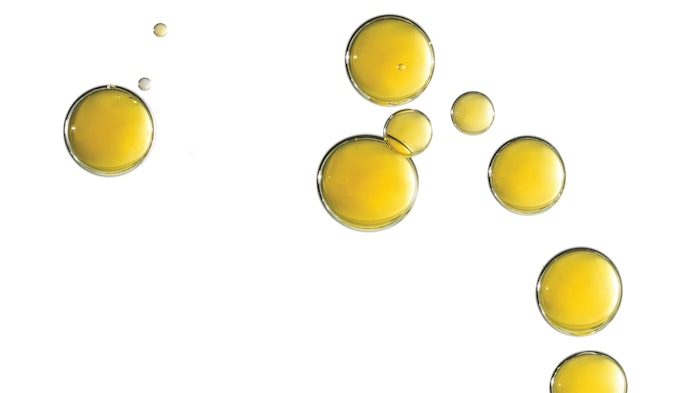
Squalene is an ingredient that is continuing to pop up in product after product in the skin care industry. The polyunsaturated hydrocarbon is found in certain fish oils, especially shark liver oil, as well as some vegetable oils.1 On top of helping to maintain proper hydration and balance in the skin, this natural lipid “is naturally produced by the skin and constitutes approximately 10% of the skin’s sebum or oil,” says Tina Alster, MD, dermatologist and founder of The A Method skin care line.
Often found in hydrating and repair creams, “squalene serves to lubricate and protect the skin...it is often used in a hydrogenated form to remedy dry skin,” says Dr. Alster, who notes that squalene provides more benefits than just hydration; it also provides anti-inflammatory and detoxifying benefits to the skin as well. “These attributes makes squalene the perfect hydrator for individuals with eczema, psoriasis, rosaea and dermatitis,” she says.
“Squalene also acts as a carrier oil and can transport other products deeper into the skin and promotes better interaction of various ingredients in skin care formulations.”
As it does not interact negatively with other ingredients, squalene is very compatable with a number of active ingredients, most notably vitamin C. When the two are paired together, squalene binds to the vitamin C, delivering the antioxidant deep into the skin where it promotes collagen production and epidermal thickening.
Squalene is a popular addition to anti-aging skin care products because as the skin ages the natural production of squalene in the skin decreases, which causes skin to become irritated, dry and flaky.
This versatile ingredient can be found in a number of skin care formulations and can be easily adapted into skin care regimens for all skin types to help with hydration, irritation, psoriasis, acne, eczema and visible signs of aging.
Maggie Walker is the associate editor of MedEsthetics.
References:
- Kim, Se-Kwon, “Biological importance and applications of squalene and squalane,” Adv Food Nutr Res. 2012;65:223-33











